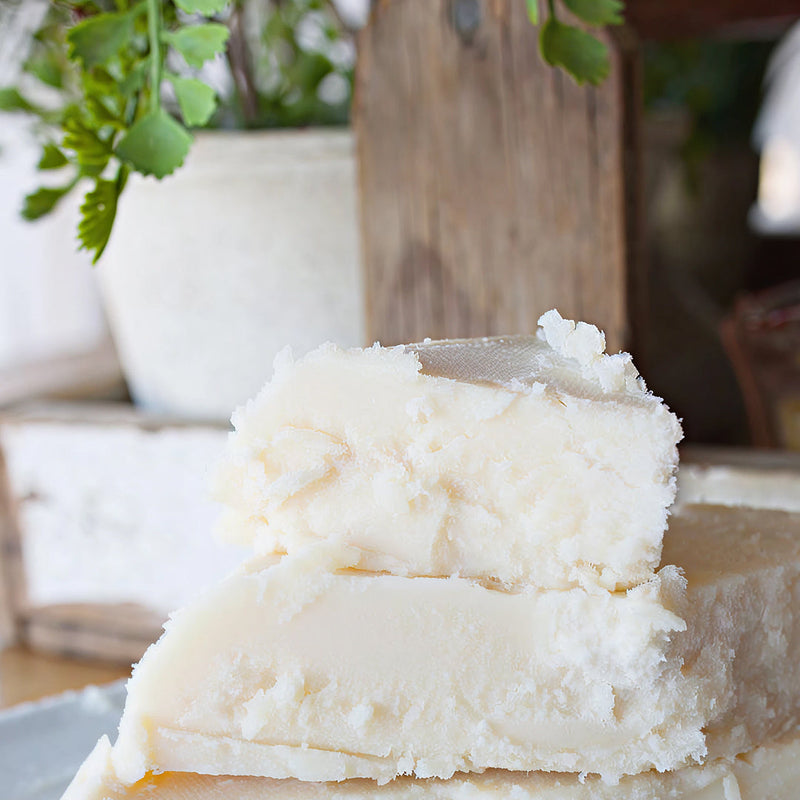
October 25, 2025
Everything you need to know about the heavy metal scandal
You may have seen the recent headlines, reports testing 23 of the most popular protein powders and finding that many contained worrying levels of heavy metals, including lead, arsenic, and cadmium. The findings horrified us too, but sadly, we’re not surprised. This is what happens when an industry trades integrity for profit, when brands cut costs with low-grade ingredients, skip third-party testing, and hide behind “natural” labels. What’s marketed as health food has quietly become one of the most contaminated corners of the wellness world. It’s easy to feel fatigued by yet another “hidden toxin” headline, but heavy metals deserve your attention. The good news? You don’t need a harsh detox or complicated protocol. Let’s break down why these metals matter, where they’re hiding, and how to detox naturally, without fear, fads, or extremes. How heavy metals impact your health Heavy metals are some of the most insidious toxins in modern life. Unlike many substances that pass through your system relatively quickly, heavy metals accumulate over time. They build up slowly in your organs, fat tissue, and even bones, quietly disrupting multiple systems while leaving you feeling off without an obvious cause. Here’s how they impact different areas of your health. Energy production One of the primary targets of heavy metals is your mitochondria. Metals like mercury, cadmium, and lead interfere with energy production, reducing ATP output and leaving your body fatigued, sluggish, and less resilient to stress. Over time, this mitochondrial damage contributes to persistent low energy, brain fog, and poor recovery from exercise. You might be doing everything right but still feel exhausted. Hormonal imbalance Heavy metals wreak havoc on your hormonal system in surprisingly specific ways. Cadmium can mimic estrogen in the body, while mercury impairs thyroid function. The result is hormone imbalances that ripple through your entire system, affecting mood, metabolism, and reproductive health. When hormone signalling is disrupted, you may experience unexplained weight gain, sleep problems, reduced libido, and mood swings that seem to come from nowhere. Damaged histamine regulation Here's an often-overlooked effect...heavy metals interfere with the enzymes that break down histamine, particularly diamine oxidase (DAO). This disruption can lead to histamine intolerance, triggering symptoms like headaches, facial flushing, digestive issues, and skin irritation. Immune system overwhelm Chronic exposure to heavy metals suppresses normal immune function while simultaneously promoting inflammation. Your body is essentially forced to fight off toxins and infections at the same time, leaving it overworked and inefficient. You might find yourself catching every cold that goes around or dealing with persistent low-grade inflammation that never quite resolves. Detox organs become overburdened Your liver and kidneys bear the brunt of heavy metal accumulation. These organs work tirelessly to filter out toxins, but metals are notoriously difficult to eliminate. Continuous exposure leads to impaired liver function, slower detoxification overall, and increased oxidative stress throughout your body. The damage compounds, affecting every other system. Brain function Heavy metals have a particularly insidious effect on the brain and nervous system. Lead, mercury, and aluminum can cross the blood-brain barrier and accumulate in brain tissue, where they interfere with neurotransmitter function and damage neurons. This leads to cognitive impairment that can manifest as memory problems, difficulty concentrating, reduced mental clarity, and slower processing speed. Over time, chronic exposure has been linked to increased risk of neurodegenerative conditions. Even low-level exposure can affect mood regulation, contributing to anxiety and depression. The developing brain is especially vulnerable, which is why heavy metal exposure in children can have lasting effects on learning and behaviour. Where are heavy metals hiding? The sources are often surprising, sometimes they're the very foods and products we consider healthy. Protein powders: Rice, pea, and hemp-based powders are grown in contaminated soil to keep prices low, and tend to concentrate metals from the soil they're grown in. Aggressive flavouring and colouring require extra heating and filtering, which further concentrate contaminants. Chocolate and cacao often carry cadmium and lead, depending on the soil conditions where cacao is grown. Fish, particularly larger predatory species like tuna and swordfish, accumulate mercury in their tissues. Rice is prone to arsenic uptake from contaminated irrigation water. Non-organic produce can absorb heavy metals from polluted soil or chemical fertilisers. Tap water Even everyday staples like coffee and sea salt can carry trace metals depending on their sourcing and processing. Beyond food... Dental amalgams can release small amounts of mercury over time. Aluminium cookware may leach metals into your meals, especially under high heat. Some flu vaccines still contain trace amounts of mercury-based preservatives (thimerosal), adding yet another potential exposure source. The reality is that heavy metals are all around us, hiding in food, water, supplements, and household items. Awareness of these sources is your first step toward reducing exposure and protecting your body from silent, cumulative damage. How to source low heavy metal products The recent headlines have made one thing clear. Not all “health” products are created equal. Behind the glossy packaging and wellness buzzwords, many supplements, even the trendier ones, are quietly contaminated before they ever reach your kitchen. Luckily you can spot integrity if you know what to look for. 1. Ask for post-processing testing (not just ingredient claims) Many brands proudly share that their ingredients are tested for heavy metals, but here’s the catch... contamination often happens after that point. During manufacturing, concentration, or even packaging, metals like lead or arsenic can leach in. That’s why post-processing testing (on the finished product) is the only truly reliable measure. If a brand can’t provide it, or gives vague answers, that’s your red flag. And if they don’t share their results at all, it’s not because they’re clean, but because they’re counting on you not to ask. 2. Soil health is everything Heavy metals don’t appear out of nowhere, they’re absorbed from the earth itself. Crops grown in polluted soil, or livestock fed contaminated grains, pass those metals straight up the food chain. That’s why sourcing from regenerative, biodiverse farms is so important. Healthy soil acts like the planet’s liver, it filters, nourishes, and protects. Look for terms like grass-fed, pasture-raised, organic, or better yet, farms that speak openly about their soil practices. Transparency always speaks louder than labels. 3. Choose shorter supply chains Every extra processing step or shipping leg adds risk. Smaller, regional producers tend to have tighter control over quality, fewer middlemen, cleaner equipment, and often, a real relationship with the land. When possible, buy from brands that can trace every ingredient back to its source, not just to a distributor. The shorter the chain, the less room for contamination, and the more accountability along the way. 4. Know your materials Metals can sneak in through more than ingredients, packaging matters too. Plastic tubs and aluminium lined containers can leach contaminants over time, especially when exposed to heat or sunlight. Opt for glass jars, paper tubs, or BPA-free packaging whenever possible. The vessel your food lives in is just as important as what’s inside it. Curious how to detox heavy metals? Read this first.













